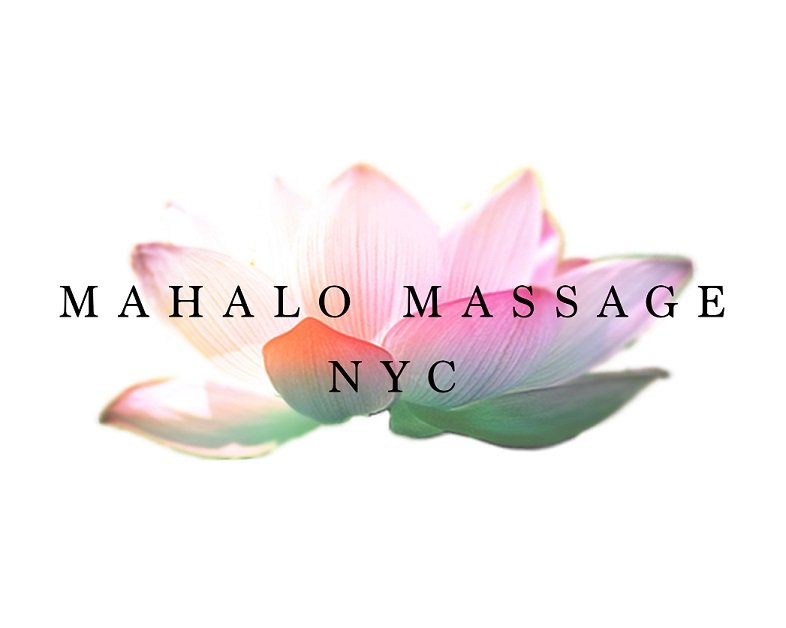Sola What? Part I
It’s official. We’re part of Governor Cuomo’s Phase III Industry Guidelines.. We’ll announce when we’ll be able to start scheduling Intuitive Massage sessions again as soon as we know. Now Part 1 of Nightshades: Food news for health.
We’re doing a series in ode to eating a wide variety of botanical fruits and a particular popular tuber. Or in this case, they are all what nutritionists like to call vegetables since none of them will ever make it to the dessert course. (Really, that's the difference between what botanists consider fruits and what we typically think of as ‘vegetables’.) Anyway, our focus is on Solanaceae. Sola what? Solanaceae is a family of plants commonly known as nightshades consisting of nearly 3000 species. Species from this family of plants run across pharmaceutical, ornamental, psychoactive and nutritional purposes. Also, addictive, as tobacco is in the family too. Through this series we’ll be covering fun tidbits of the edible parts of the plants of this family. You know them already: the tomato, eggplant (or as Zoë calls it, aubergine), white, purple and yellow potato (the tuber), goji berries, chili and bell peppers. I didn’t intend for this but this is a good time to learn about these as many of them like to grow in hot climates. They’ll be in season here in NY (except for the goji berries) in just a few weeks.
Today the tomato.
In the US roughly 80% of the dietary antioxidant lycopene intake comes from the consumption of tomato products, including raw tomatoes, tomato juice and tomato sauces.
The biggest tomato fight in the world happens each year in the small Spanish town of Buñol. The festival called La Tomatina, involves some 40,000 people throwing 150,000 tomatoes at each other.
Originally, tomatoes were yellow and grew wild in Peru before being cultivated by the Aztecs.
America’s Test Kitchen includes tomato paste in their Beef Stew recipe to give the stew its “beefy” flavor.
The glutamic acid in tomatoes is what gives them their umami or savory flavor.
Tomatoes intended for raw consumption are harvested unripened and then artificially ripened with ethylene gas. This is the reason for fresh tomatoes sometimes being tasteless when they come from the supermarket. The artificial ripening process doesn’t allow for the development of flavor. Buying tomatoes in season locally will give you the greatest potential for experiencing their natural deliciousness. Short of growing them yourself that is.
The leaves and stems of tomatoes are poisonous due to compounds called glycoalkaloids. All nightshades produce these compounds as a natural pesticide. There are even glycoalkaloids in tomatoes but at such low doses as to be considered negligible which is my segue way into...
Always down for a good story, this last may be fact or fiction: in the late 1700s, a large percentage of Europeans feared the tomato. A nickname for the fruit was the “poison apple” because it was thought that aristocrats got sick and died after eating them, but the truth of the matter was that wealthy Europeans used pewter plates, which were high in lead content. Because tomatoes are so high in acidity, when placed on this particular tableware, the fruit would leach lead from the plate, resulting in many deaths from lead poisoning. No one made this connection between plate and poison at the time; the tomato was picked as the culprit.
Thankfully we now know tomatoes are not poisonous unless one has an autoimmune issue or allergy which make nightshades a questionable addition to one's diet. For perfectly healthy folks though tomatoes are a culinary delight and an incredible source of vitamins and nutrients.
Tomatoes can be added to your diet in so many ways. There’s gazpacho, marinated tomatoes, tomatoes with pasta, pizza, or how I used to like to eat them, simply sliced with a sprinkle of salt.
To learn more of the tomato’s history and how it took over 200 years for it to become popular read this story from the Smithsonian magazine.
Next week, the beautiful eggplant or aubergine (because I miss seeing you Zoë XO).
